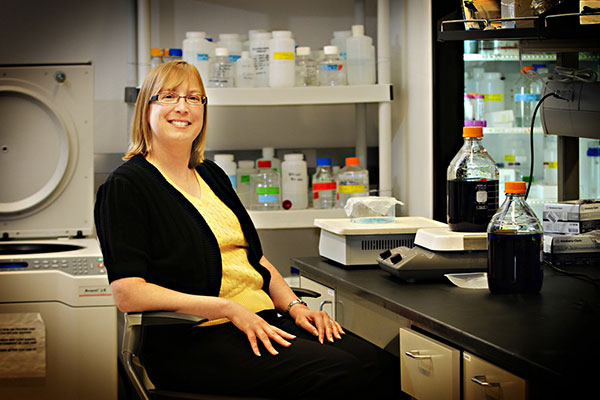University of Utah engineers developed the first room-temperature fuel cell that uses enzymes to help jet fuel produce electricity without needing to ignite the fuel. These new fuel cells can be used to power portable electronics, off-grid power and sensors.

A study of the new cells appears online today in the American Chemical Society journal ACS Catalysis.
Fuel cells convert energy into electricity through a chemical reaction between a fuel and an oxygen-rich source such as air. If a continuous flow of fuel is provided, a fuel cell can generate electricity cleanly and cheaply. While batteries are used commonly to power electric cars and generators, fuel cells also now serve as power generators in some buildings, or to power fuel-cell vehicles such as prototype hydrogen-powered cars.
“The major advance in this research is the ability to use Jet Propellant-8 directly in a fuel cell without having to remove sulfur impurities or operate at very high temperature,” says the study’s senior author, Shelley Minteer, a University of Utah professor of materials science and engineering, and also chemistry. “This work shows that JP-8 and probably others can be used as fuels for low-temperature fuel cells with the right catalysts.” Catalysts are chemicals that speed reactions between other chemicals.
In the new study, the University of Utah team investigated Jet Propellant-8 or JP-8, a kerosene-based jet fuel that is used by the U.S. military in extreme conditions such as scorching deserts or subzero temperatures.